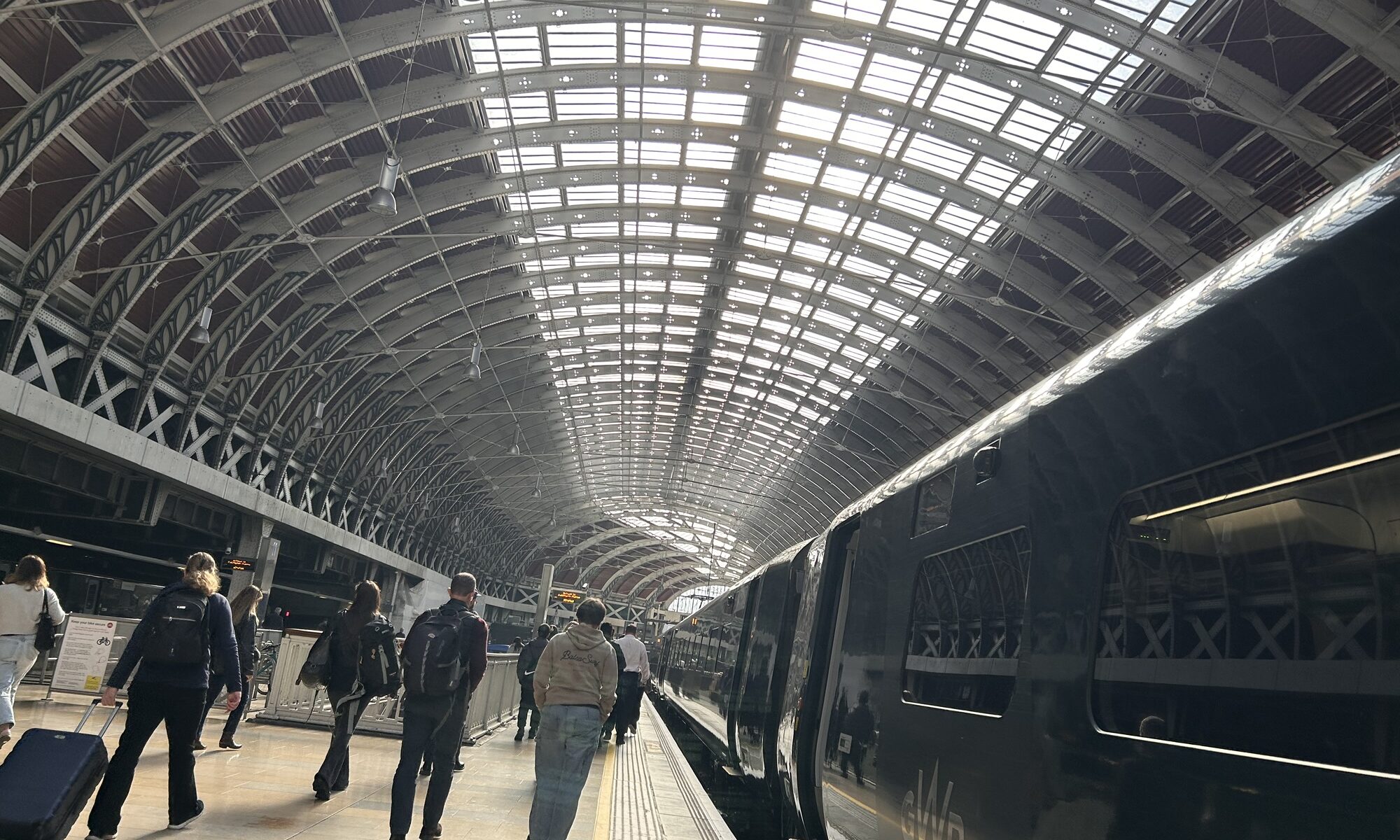As Rob Hopkins points out in his wonderful book From What Is to What If, the climate crisis is, at its core, a crisis of the imagination. If we can’t envision a thriving world, we won’t be able to create it.
A key skill in regenerative design is cultivating the conditions that allow us to imagine this thriving future.
This requires us to not only see what exists but also to imagine what could be. For example, looking at an empty park and envisioning it full of people running , or standing on a traffic-filled street and picturing it so quiet that birdsong fills the air and people stop to chat.
In these cases, the elements are already present—they are latent. But to unlock this latent potential, we must recognise both the desertified present and the abundant possibilities. Only then can we begin to design the next step toward that vision.
Equipping ourselves for this imaginative work is, I believe, a critical part of becoming a regenerative designer.
Hopkins, R., 2019. From What Is to What If: Unleashing the Power of Imagination to Create the Future We Want. Chelsea Green Publishing, White River Junction, VT.

